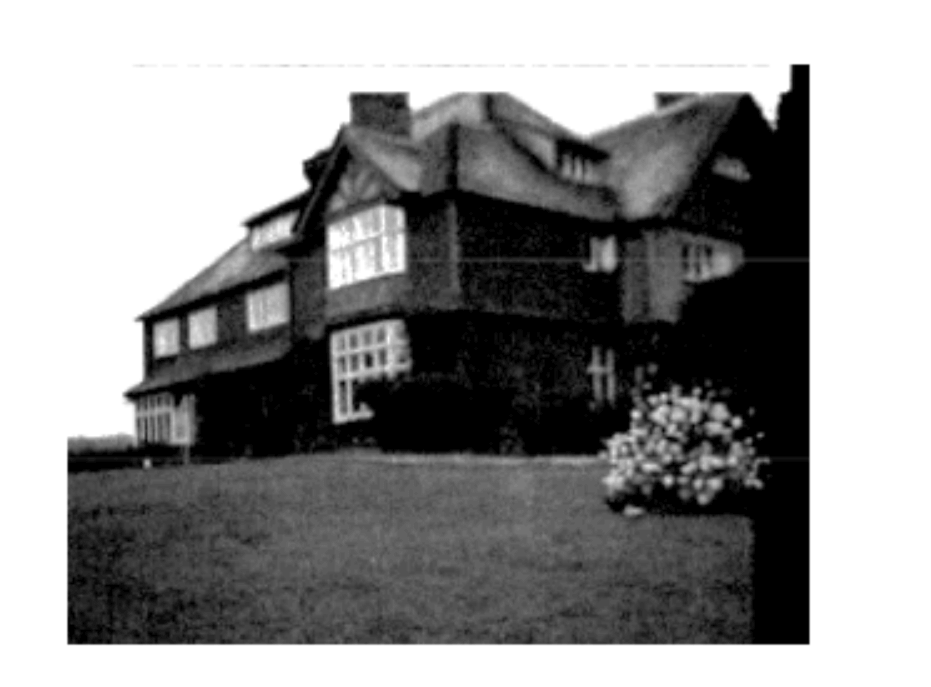The colourful history of our Steep House nursing home
If you have ever been to visit our Hampshire based home, Steep House, you will remember its idyllic, quiet location surrounded by landscaped gardens and an impressive aviary, all commanding beautiful views of the south downs. However, Steep House has not always been a nursing home. In fact, Steep has built up a rich history over the decades. We take a step back in time…
Prior to 1900, Steep village was an agricultural community of isolated farms, but it also attracted the presence of military and naval officers with their families and those who made money in the colonies. Its relative proximity to Portsmouth and its position on the coach road and later the railway line to London may have been influential factors behind this.
In 1893, Bedales School opened in Steep village as a humane alternative to the authoritarian regimes typical of late-Victorian public schools of the time. After its arrival, the school began to attract artists, architects, musicians, actors, writers, poets, and a number of other well-known names to the area. Some attended the school as pupils, while others came to send their children there or were merely attracted to the area by the network of connections that the school presented.
One of Steeps most notorious residents was Ivor Spencer-Churchill who moved to Little Langleys in Steep’s Mill Lane when he was around 40 years old. Ivor’s father, Charles, and Winston Churchill were cousins. Ivor also permitted an artist named Paul Maze to have rooms in the stables at Little Langley as a studio. Paul Maze had fought in WWI where he met and became friends with Winston Churchill. Maze painted in a Post-Impressionist style and loved to paint scenes of the English countryside and those of British institutions such as Henley Royal Regatta and ceremonial occasions.
The role of Steep House during WWII
During the Nazi invasion of France in June 1940, there were more than two hundred French naval ships in Portsmouth and Plymouth. They refused to capitulate to Nazi Germany, but they also refused to serve in the British Royal Navy or to hand over their ships to British crews. Only fifty officers and two hundred men out of a total of 18,000 sailors stayed in Britain to serve the Free French Forces.
General de Gaulle founded the Free French Forces (Forces Francaises Libres), which included a naval arm Les Forces Navales Francaises Libres (FNFL). The Free French sailors were used by The Allies for tours of duty alongside the British Royal Navy. These duties were often linked to protecting the Atlantic convoys which brought food and other supplies to Britain. A number of rest homes were set up – Steep House being one of them – to enable these French servicemen to rest and recuperate in between duties, or from traumatic experiences, during WWII.
Steep House was likely chosen by Prime Minister of the time, Winston Churchill, as a convalescent home for the Free French Forces because of his links to the local area through his cousin Ivor Spencer Churchill and his artist friend, Paul Maze at Little Langleys. By July 1941, the owners James and Alice Tweedie who were living at Steep House at the start of WWII, had moved out and Steep House was fully operational as a rest home for the French sailors, with a Madame Maze in charge.
 The South front of Steep House as it was in WWII.
The South front of Steep House as it was in WWII.
In October 1942, General de Gaulle visited the FNFL sailors in Portsmouth. He visited their camp, inspected ships’ companies, and addressed the sailors. It is thought that it was at this time that he may also have paid a visit to Steep House and to Ivor Spencer Churchill at nearby Little Langleys in Steep.
At the end of the war, Madame Maze wrote a letter to the local Petersfield magistrates, which was reported in The Hampshire Telegraph of 28th September 1945. The ‘club’ for the FNFL sailors at Steep House was due to close on 30th September 1945. Maze wrote:
“It has been a great help and a great comfort for our sailors to spend quiet and happy days in this delightful place, when they were deprived through German occupation from going to their homes. We shall never be grateful enough to the Petersfield people for their kindness and all they did for us…”
Madame Maze continued to live on in England and died aged 71 in 1957 in the Chichester district of West Sussex. The contents of her flat included paintings and watercolours by Boudin, Maze, and Ravanne.
The end of the war also meant that the Tweedie family could move back into Steep House. The Tweedie’s continued to live there until their deaths in 1960/61.
Today, Steep House Nursing Home prides itself on offering first class dementia, nursing, residential and short-term respite care to its residents. If you are worried about a loved one who may be feeling isolated, or is in need of nursing or respite care, please do not hesitate to book a visit to us and find out more about how we can help.
Source: History of Steep



